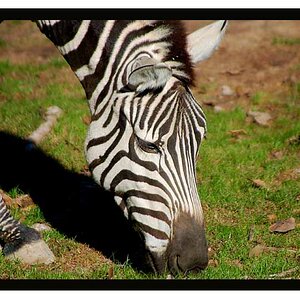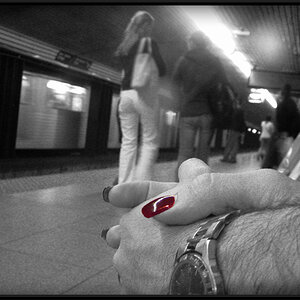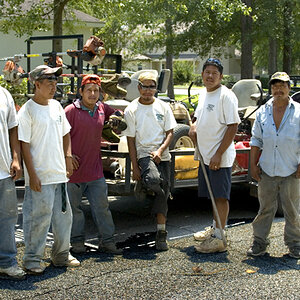cgw
Been spending a lot of time on here!
Resolution of what? Think you need to step out of the echo chamber.I'm guessing you've not even tried it, right? Fill me in on all the upgrades Epson or any other scanner maker have made that involved sensors, OK? Seem to recall endless discussions about futzing around with film holders in hopes of finding where the scanner actually focused. Happy with results from a D7200 and my Micro Nikkors. Glad you like your Plustek but it's not the only club in the bag.
What's to try? It's obvious a DSLR can't touch the resolution.


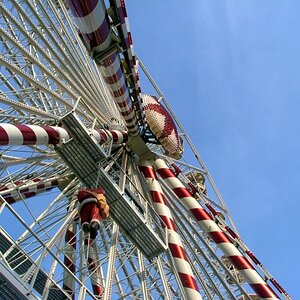
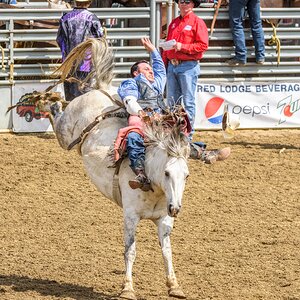
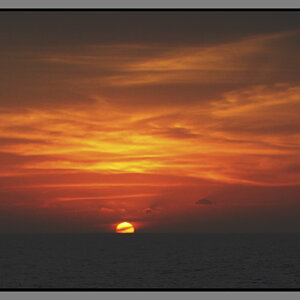
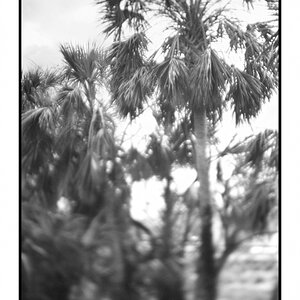
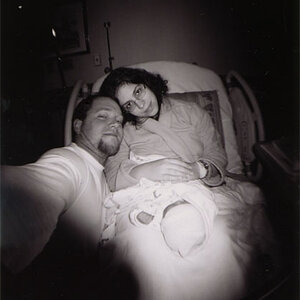
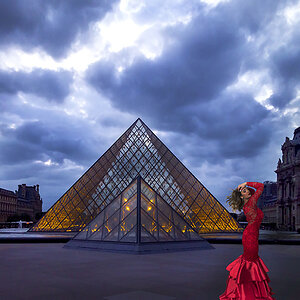
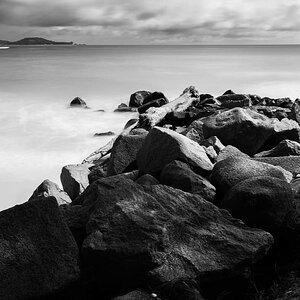
![[No title]](/data/xfmg/thumbnail/42/42067-88a229e814afcfc8848b3e293d8113d9.jpg?1619739998)

